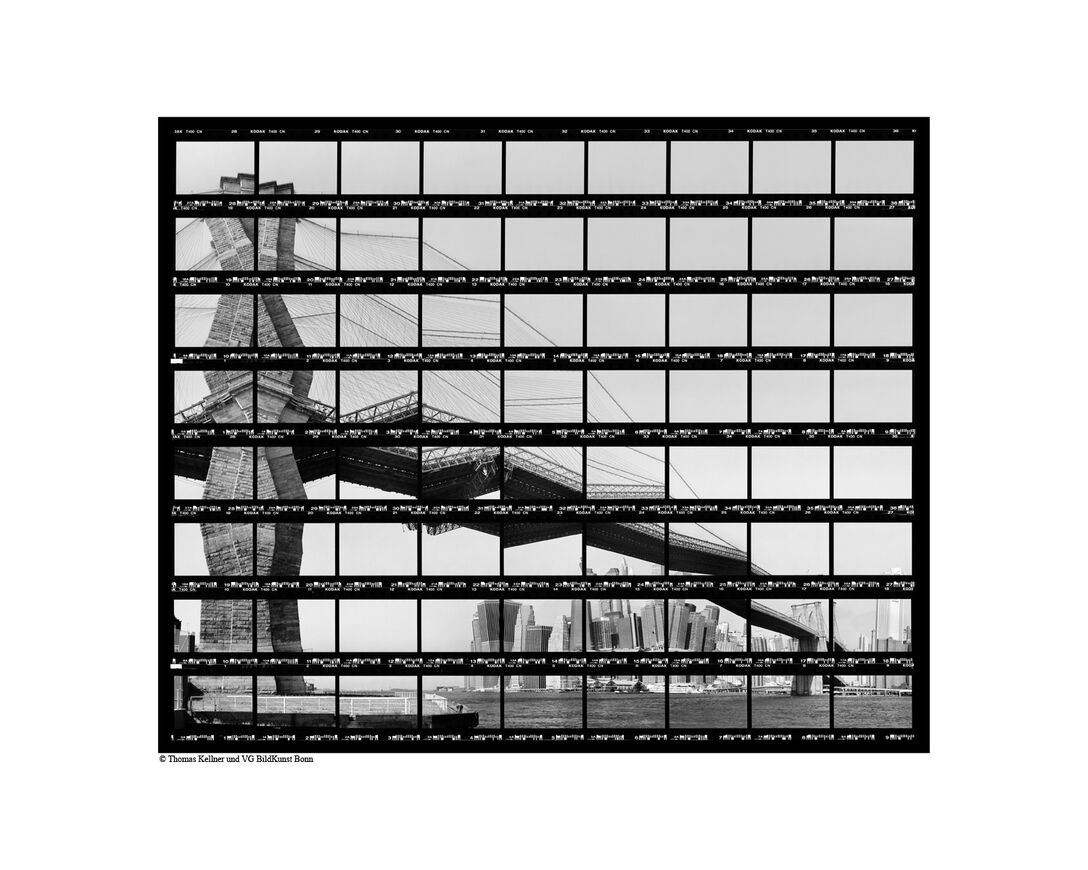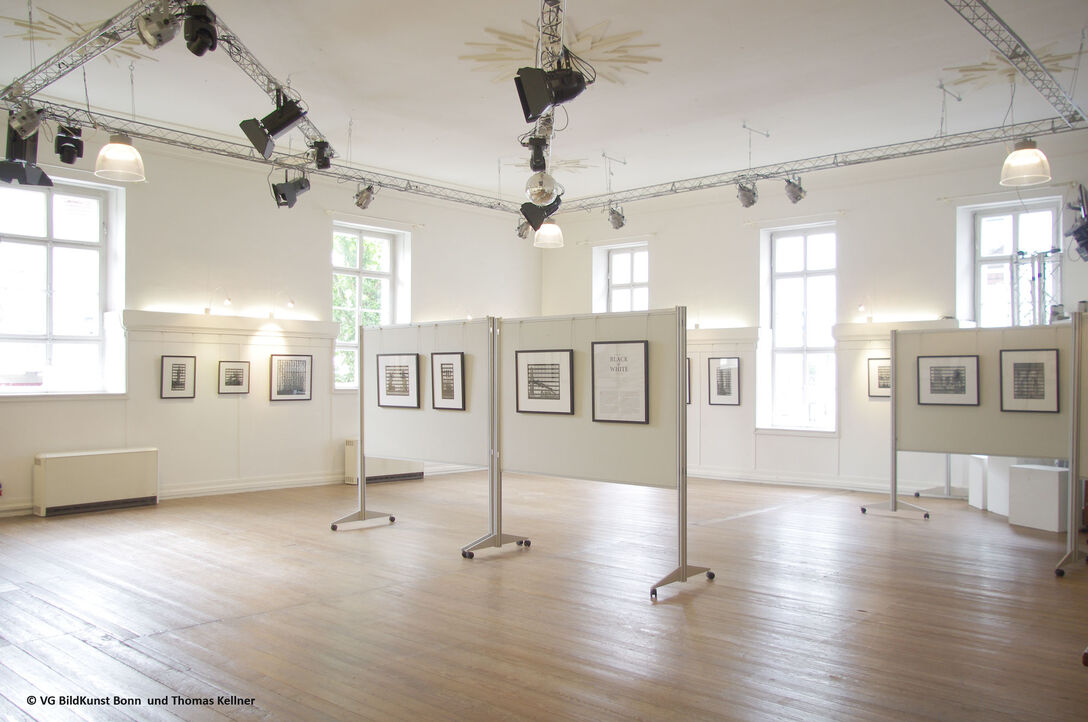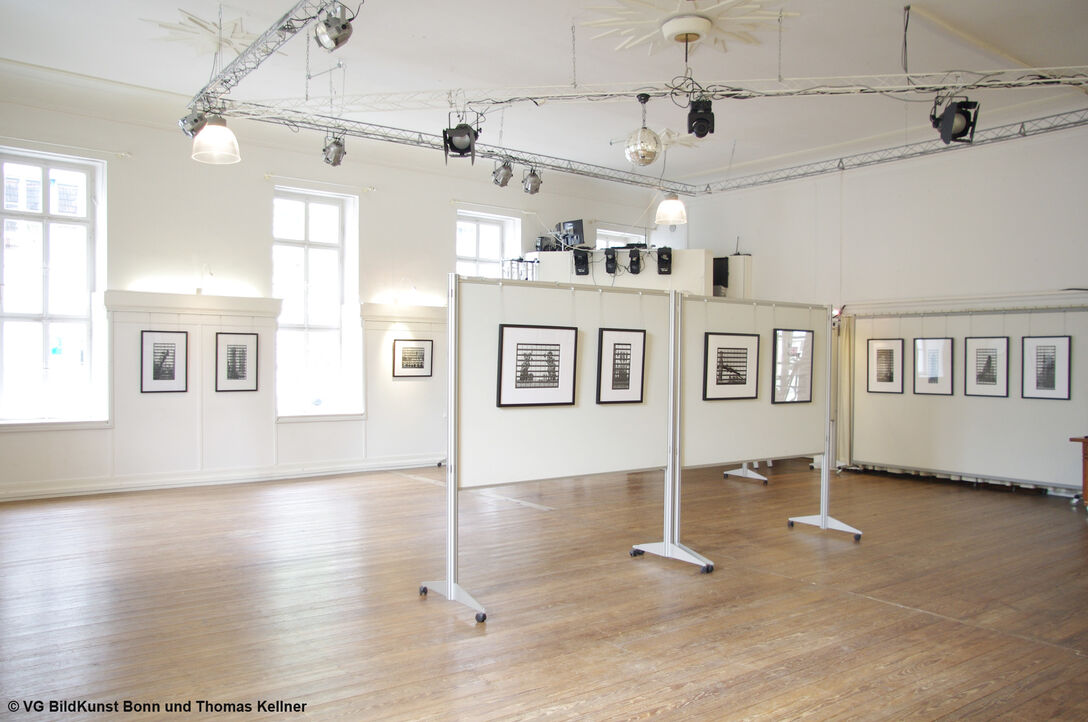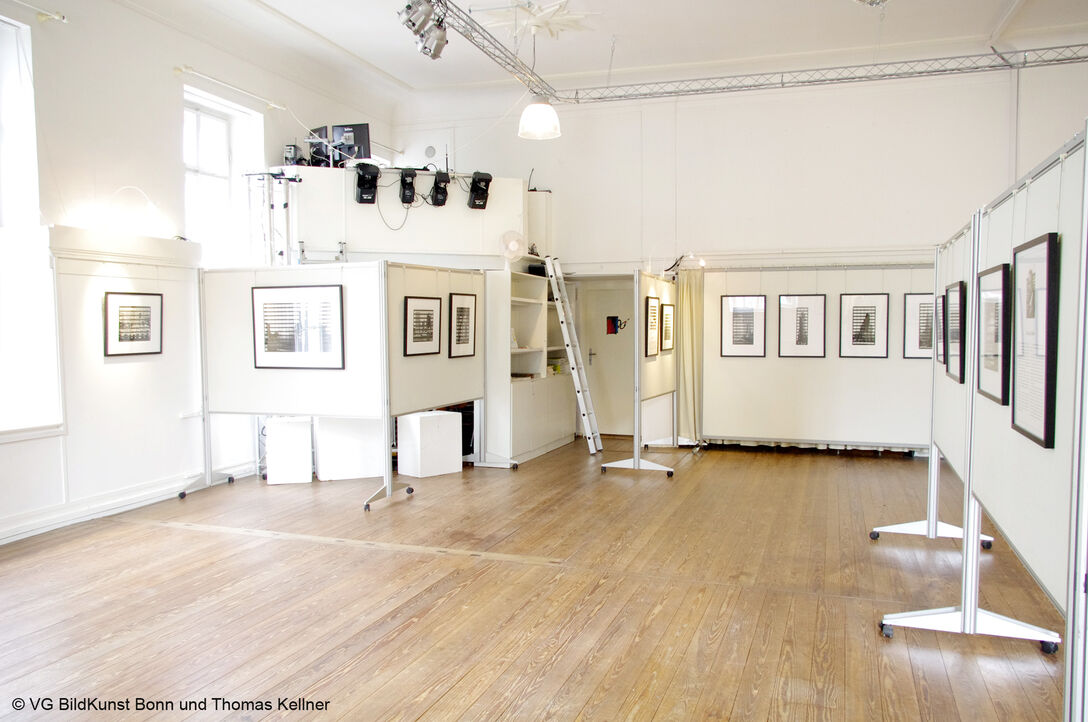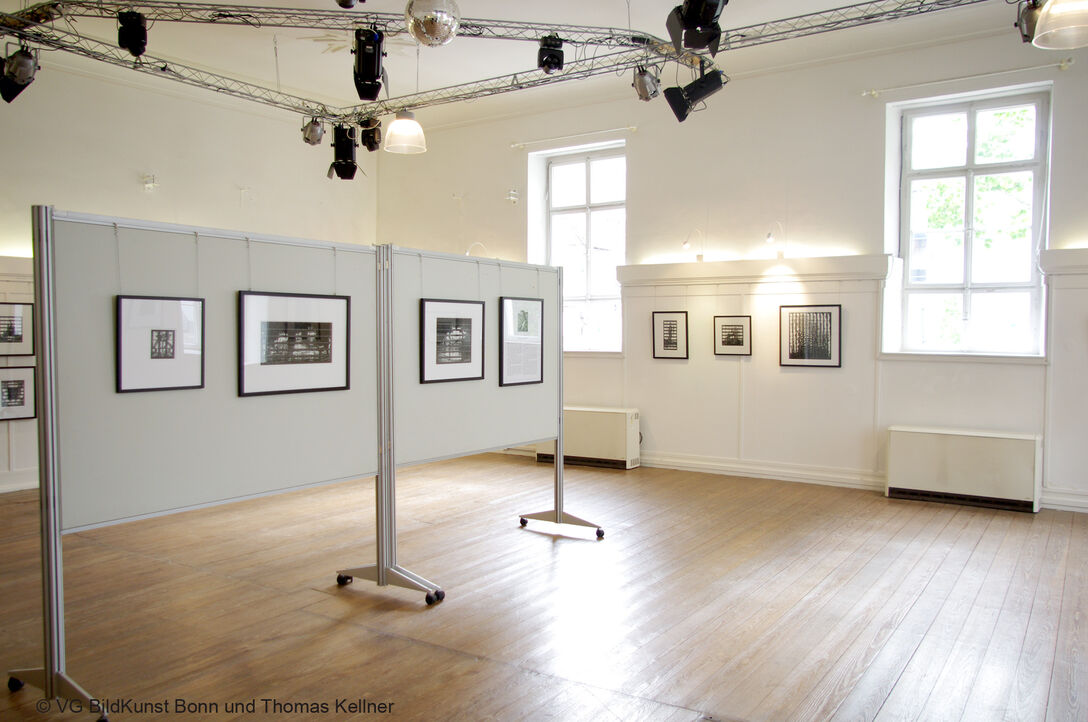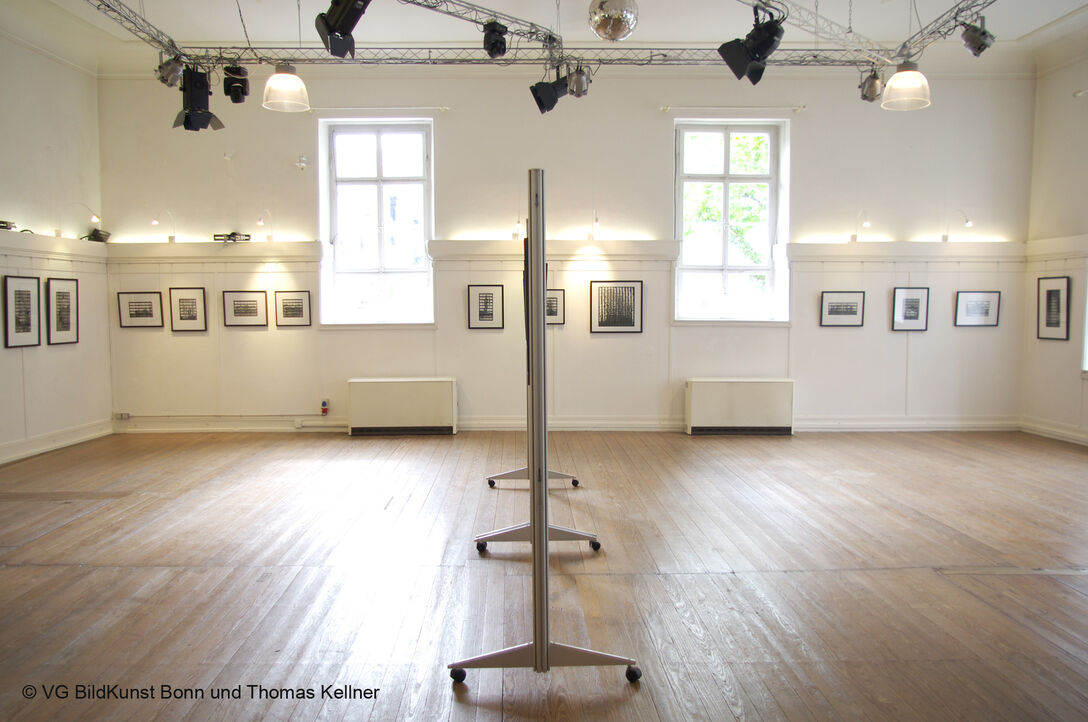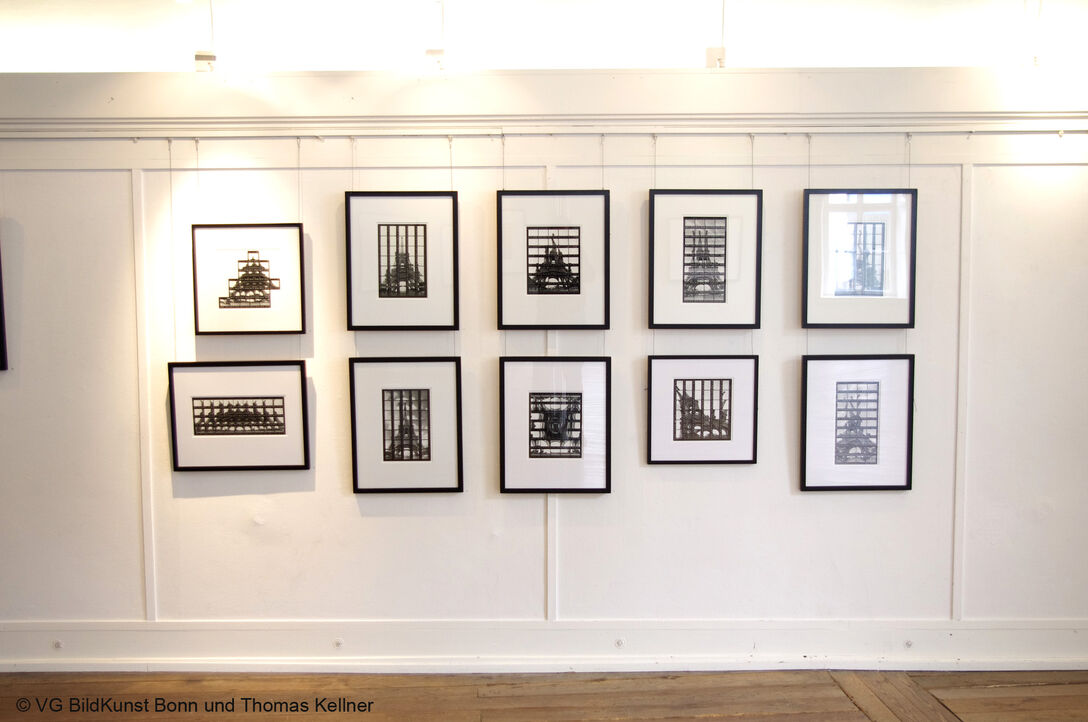“Who would have thought that so much wonder could still be created with straight photographs in a time given to digital manipulation?” Alan G. Artner, Chicago Tribune
Kunstverein Tauberbischofsheim
presents Thomas Kellner’s new exhibition “Black & White”. Silver gelatin tableaux made by Kellner between 1997 and 2005 will be on display. In this exhibition, Kellner recalls his beginnings as an artist and his roots in black-and-white photography using the analog gelatin silver process.
Black-and-white photography first became widespread in 1871 and developed into the first large-scale visual medium in cultural history. It was the dominant form of photography for almost 60 years before color photography was introduced. Those who have followed Kellner’s photography over the years know that most of his works have been published and exhibited in color. However, there was a time when Kellner worked in black and white.
In a time when many artists are returning to black-and-white photography, Thomas Kellner looks back on this period of his life. Even though most of his black-and-white works were never published, they do reflect his early career when he worked mostly in silver gelatin and experimented with cycles of various photographic images in the darkroom. Kellner ended up developing his unique visual language of multiple perspectives and the deconstructive approach whereby the composite image is either a multiple exposure on a negative or a sequence mounted on a contact sheet of 35-mm roll of film.
Starting with his first sketches of the Eiffel Tower as a homage to Robert Delaunay and Orphism (the French offshoot of cubism) in Paris in 1997, Kellner totally turned his attention from landscape to architecture and the growing complexity of his compositions. He creates ageless classic images in his newly invented visual language based on Cubism. In Kellner’s early black-and-white images, the observer can see how he focuses on the structure itself. The balance between the object and its visual form are at the center of his creations.
Kellner’s original concept was to create images with 36 exposures equaling one length of film. Later, he moved on to using two or more rolls. The exhibition will show iconic black-and-white images from San Francisco, New York City and Chicago for the first time. It also will have some larger scale works on show- for example, an impressive image of the Guggenheim Museum Bilbao.
On exhibit will be a selection of 40 of Kellner’s best black-and-white images to start on May5, 2017 in Tauberbischofsheim. The presentation will be accompanied by a catalogue published by Seltmann+söhne, Lüdenscheid and Berlin.
Thomas Kellner
Black & White
May 5 – 28, 2017

Black & White
May 5 - 28, 2017
Kunstverein Tauberbischofsheim, Germany
Kunstverein Tauberbischofsheim e.V.
Nelkenweg 6
97941 Tauberbischofsheim
Telefon 09341 4616
Telefax 09341 13916
E-Mail: kvtbb@gmx.de

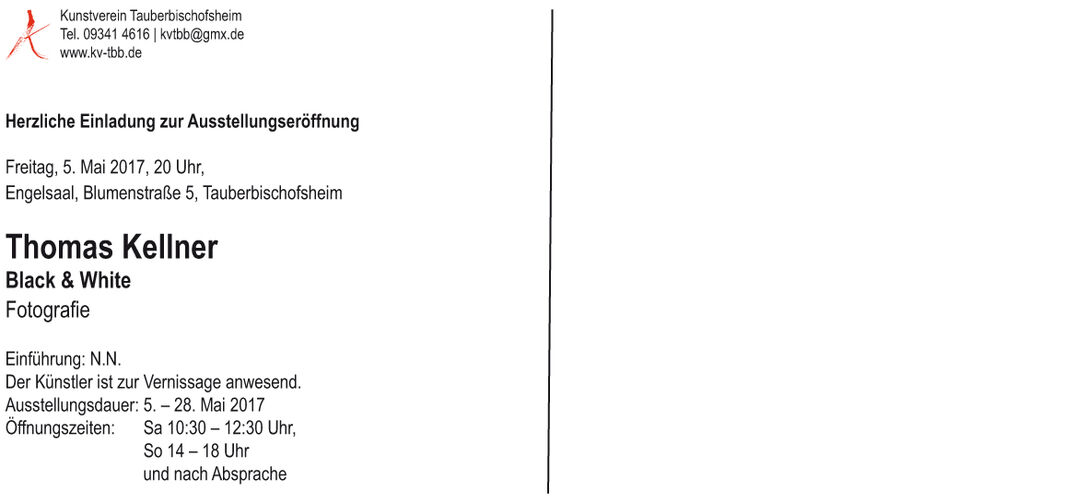
“The interesting thing about the buildings photographed by Kellner is that they are material and unreal at the same time.” Michalowska, M., Kontakt, Kellner, Thomas, 2014, Seltmann+Söhne, Berlin/Siegen, page 50
"Wer hätte gedacht, dass solch´ ein Wunder in einer Zeit der digitalen Manipulation mit analoger Fotografie noch möglich ist?" Alan G. Artner
Am 5. Mai eröffnet der Kunstverein Tauberbischofsheim die Ausstellung „Thomas Kellner - Black & White -“. Ausgestellt werden schwarz-weiße Tableaux-Arbeiten aus den Jahren 1997 bis 2005. Mit „Black & White“ beruft sich Thomas Kellner auf seine Ursprünge als Künstler und den Ursprung der Fotografie selbst – die Schwarzweißfotografie. Wer Kellners Werke kennt, weiß, dass der Großteil seiner veröffentlichten Fotografien für sein intensives Zusammenspiel von Licht und Farbe bekannt ist. Das war nicht immer so, denn Kellner hat eine schwarz-weiße Vergangenheit.
In einer Zeit, in der sich viele Künstler wieder der Schwarzweißfotografie zuwenden, blickt auch Thomas Kellner zehn Jahre später auf seine Wurzeln zurück. Die bisher wenig veröffentlichten Werke in schwarz-weiß spiegeln die Anfänge in Kellners Karriere wieder, als er 1997 schließlich zu seiner einzigartigen, multiperspektivischen und dekonstruktivistischen Bildsprache fand: das zusammengesetzte Bild entweder als Mehrfachbelichtung auf einem Negativ (1993-1998) oder als sequenzielle Montage auf einem Kontaktbogen des Roll- und 35mm Films.
Aus einem anfänglichem Entwurf über den Eiffelturm als Hommage an Robert Delaunay und den Orphismus in Paris beginnt Kellners Hinwendung zur Architektur und zu immer komplexeren Kompositionen. Es entstehen zeitlose Bilder einer neu formulierten, am Kubismus orientierten Sprache. Bei seinen frühen schwarzweißen Aufnahmen konzentriert sich Kellner auf die Struktur selbst. Das Verhältnis von Gegenstand und Bildform steht im Zentrum der Betrachtung. Fotografien aus San Francisco, New York City oder Chicago, werden erstmals in „Thomas Kellner - Black & White“ der Öffentlichkeit zugänglich gemacht.
Eine Auswahl von circa 50 Schwarzweißfotografien ist in der Ausstellung „Thomas Kellner - Black & White -“ in Tauberbischofsheim ab dem 5. Mai 2017 zu sehen. Zur Ausstellung erscheint ein gleichnamiger Katalog mit einem Text von Harris Fogel.
Thomas Kellner - Black & White – Kunstverein Tauberbischofsheim 5.5. – 28.5.2017
Eröffnung am Freitag, den 5. Mai 2017 20 Uhr Engelsaal, Blumenstraße 5, Tauberbischofsheim
catalog
Mathieu, R., Viallon, R. 2016, Thomas Kellner. Contacts N & B 1997-2005. Lyon, Galerie Vrais Rêves. >>>

book
Kellner, T., Fogel, H. 2015, Black & White. Lüdenscheid/Berlin, seltmann+söhne. >>>

thank you to Kunstverein tauberbischofsheim to show my Black & White exhibition. Thank you for the perfect cooperation
